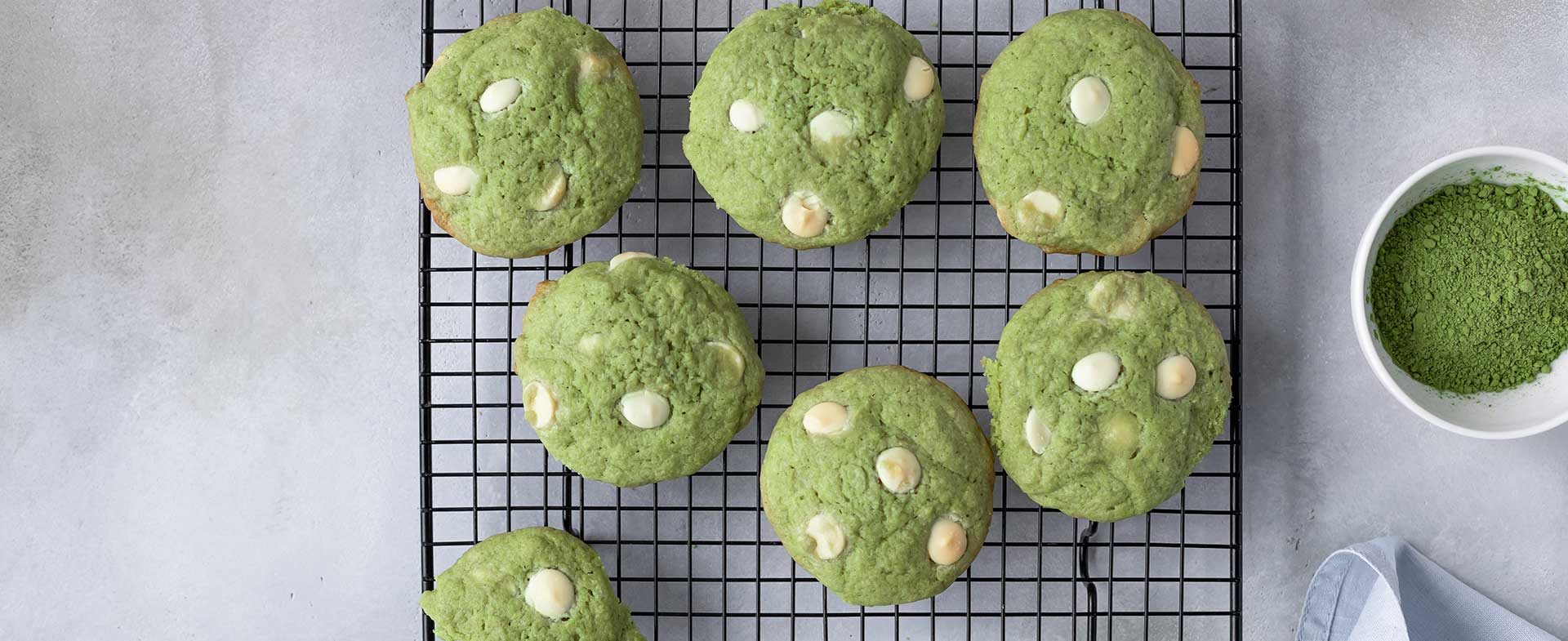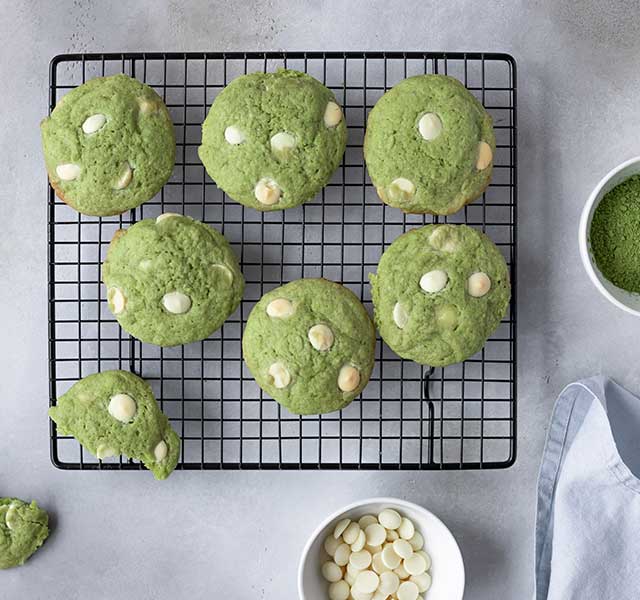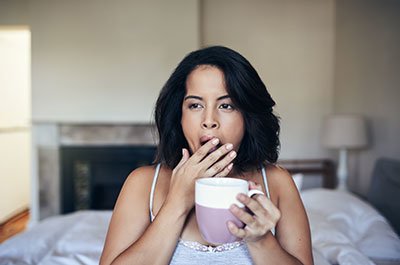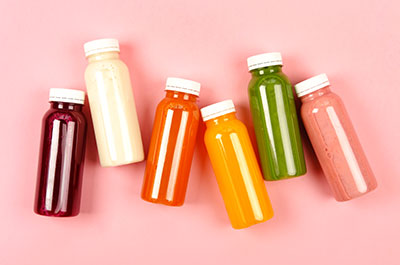You might count on the caffeine in your morning cup of coffee or tea to boost your mood, energy and focus. But you may also get additional caffeine from other foods and drinks without realizing it. Too much caffeine can cause undesirable side effects ranging from anxiety to digestive problems.
“Tracking how much caffeine you have each day is important. Many people are unaware that caffeine is in many foods and drinks, including decaf coffee and tea, non-cola sodas and snack bars,” says Sarah Hutchinson, RDN, a registered dietitian at Henry Ford Health. “Monitoring caffeine is important if you’re sensitive to it, trying to avoid it or want to reduce its side effects.”
What Is Caffeine?
Caffeine is a stimulant that acts on the central nervous system. It naturally occurs in many plants, leaves and seeds. You may be familiar with some of its sources, including coffee and cocoa beans and tea leaves. It’s also in guarana, a Brazilian plant found in the Amazon, and kola nuts, native to West Africa.
Caffeine can offer health benefits, such as improved mood, focus, memory and concentration. Certain beverages that contain caffeine, such as coffee, have been shown to improve liver health . But too much caffeine can cause side effects, including:
- Anxiety
- Dehydration
- Digestive problems
- Headaches
- Increased heart rate and blood pressure
- Sleep disturbances
Everyone reacts to caffeine differently. Hutchinson recommends limiting caffeine to 300 to 400 milligrams per day. That equals about two to three eight-ounce cups of coffee (100 to 150 milligrams of caffeine). Most teas have less caffeine. Black tea contains 50 to 80 milligrams per cup, while green tea has 20 to 30 milligrams.
Some people, including children and teens, are more sensitive to caffeine and need to limit it. People who may want to avoid caffeine include those with:
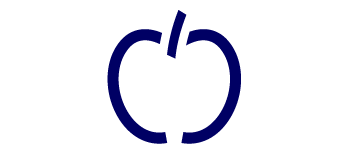
- Anxiety disorders
- Heart rhythm problems (arrhythmia)
- High blood pressure (hypertension)
- Migraines
- Sleep disorders
- Ulcers or gastroesophageal reflux disease (GERD)
Surprising Foods And Drinks That Contain Caffeine
Even if you can tolerate more caffeine than you bargain for, you may be unaware of all the foods and drinks that contain it. Here, Hutchinson highlights foods and beverages to keep in mind as you make your caffeine budget:
1. Chocolate
Any food flavored with cocoa contains caffeine, including baked goods, beverages and ice cream. The amount of caffeine varies depending on the item.
2. Decaffeinated coffee and tea
The Food and Drug Administration (FDA) only requires manufacturers to remove 97% of caffeine from “decaffeinated” products. A cup of decaffeinated coffee may still contain 2 to 15 milligrams of caffeine.
3. Kombucha
This fermented tea is a popular beverage for gut health. Like yogurt and kimchi, kombucha contains probiotics. But it also contains caffeine, which could lead to distress for some people with gastrointestinal conditions.
4. Matcha and yerba mate
These herbal teas have significant caffeine. A cup of matcha tea has about 49 milligrams and a teaspoon of matcha powder has 88 milligrams. A cup of yerba mate tea can have up to 80 milligrams. Both types of tea can also be found in processed foods like ice cream and baked goods.
5. Snack bars
Brands marketed as sources of nutrition and energy may contain caffeine from chocolate, coffee beans or extracts, guarana, matcha or yerba mate tea.
6. Non-cola sodas and bottled water
Kola nuts used to flavor cola-flavored sodas may also be used in orange- or lemon-lime-flavored sodas. While a cola contains about 47 milligrams of caffeine per 16-ounce bottle, a non-cola soda can have about 78 milligrams. Bottled waters marketed as energy drinks often contain caffeine.
7. Supplements
Over-the-counter pre-workout, weight-loss and energy supplements can contain caffeine. The FDA does not regulate supplements, and the amount of caffeine may vary by product. Hutchinson recommends talking with your doctor before taking supplements to ensure they are right for you.
How To Spot Caffeine In Food And Beverage Labels
The FDA doesn’t require manufacturers to list caffeine on food and beverage labels, so tracking how much is in specific foods and beverages can be challenging.
Hutchinson says you can still spot caffeine in many products. “Look for ingredients like cocoa, coffee or mocha flavoring. Matcha, yerba mate, guarana and kola nuts also signal the presence of caffeine,” she says.
You can also check online menus if you’re planning to go out to eat. Some restaurants list menu item ingredients on their websites.
When it comes to monitoring caffeine intake, Hutchinson recommends listening to your body. “Cut back on caffeine and find substitutes if you’re anxious or have other side effects. If you can’t function without caffeine, you may have a sleep disorder or other underlying health condition. Talk with your doctor about your caffeine intake to determine what amount is safe for you,” she says.
Reviewed by Sarah Hutchinson, RDN, a registered dietitian for the Center for Health Promotion and Disease Prevention.
